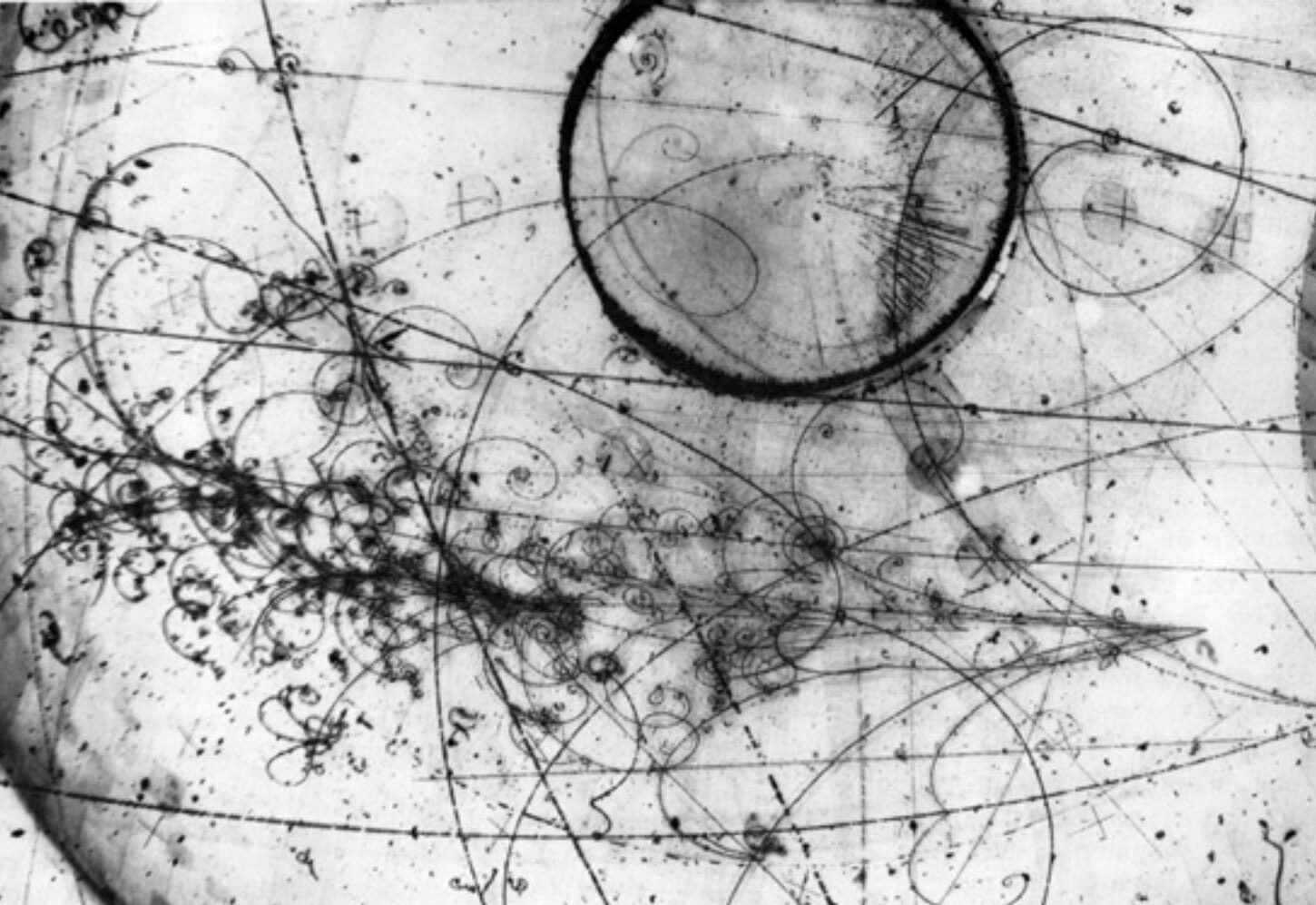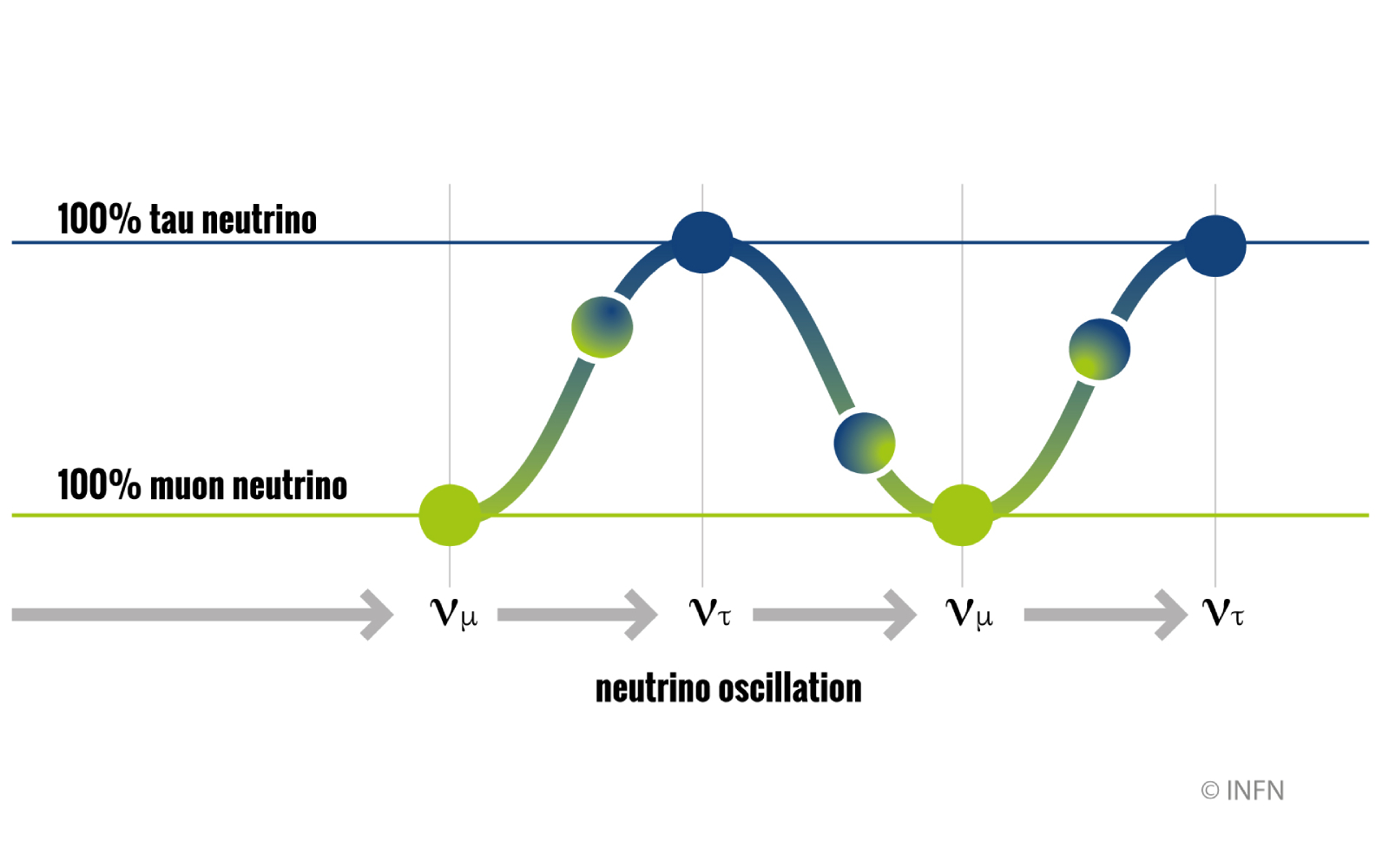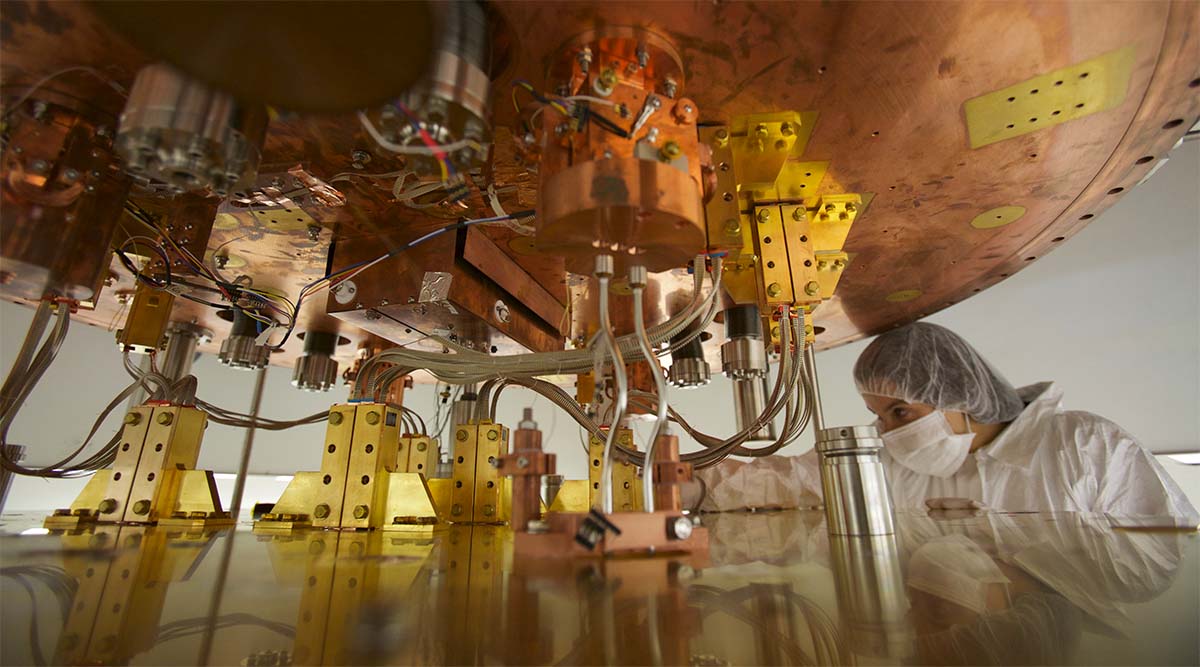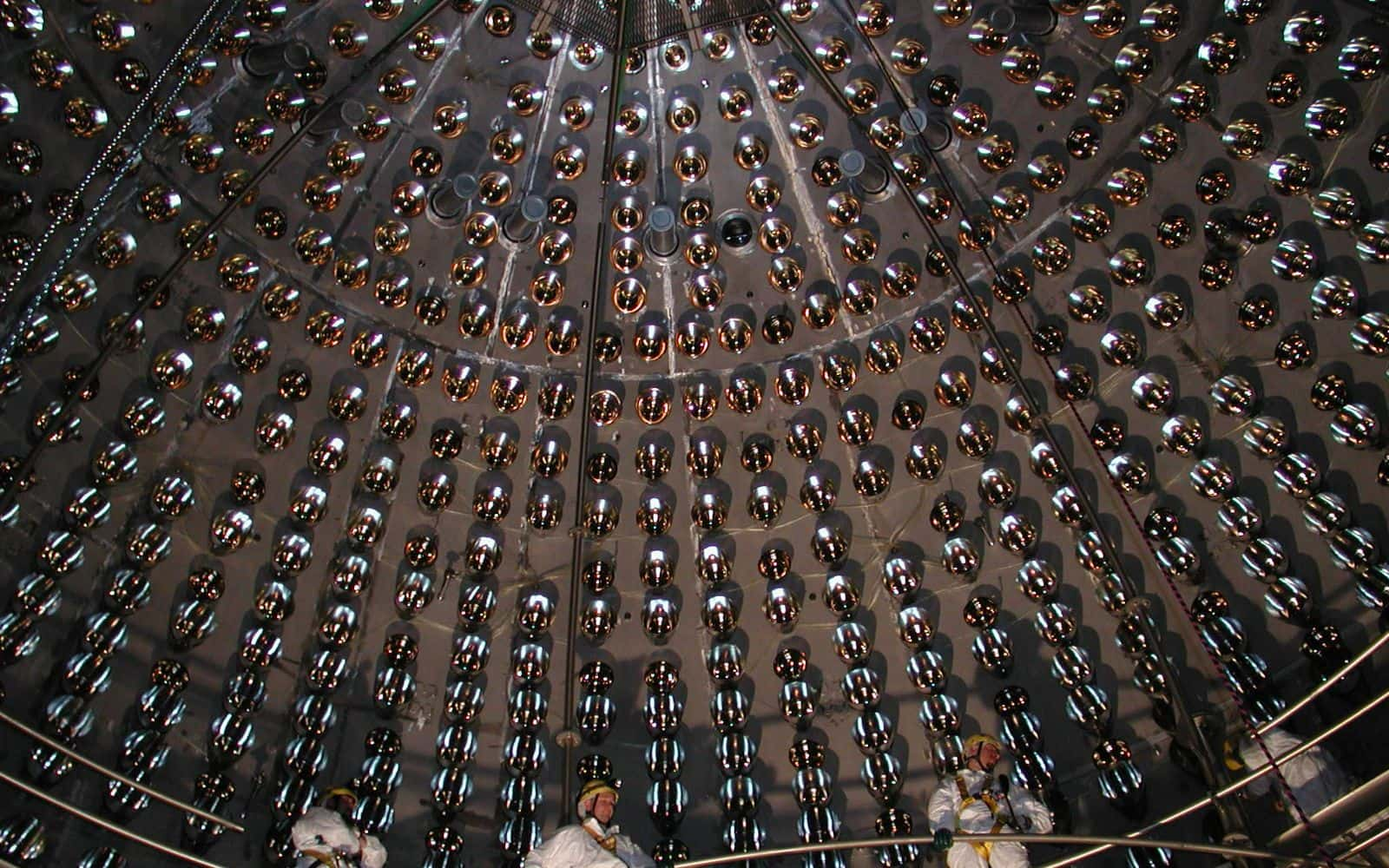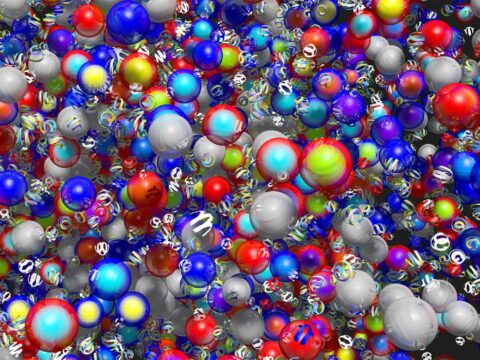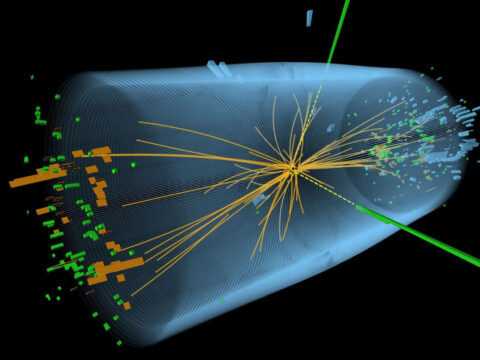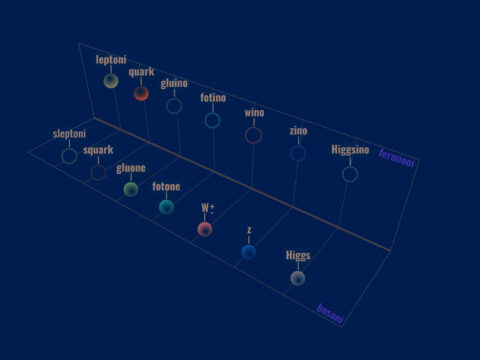Neutrinos are neutral and extremely light subatomic particles, which weakly interact with matter. For this reason, detecting them is a very complex experimental challenge.
Wolfgang Pauli proposed the existence of an ultra-light particle for the first time in 1930, and Enrico Fermi named it neutrino the following year. However, the first experimental proof arrived in 1953 when the American physicists Frederick Reines and Clyde Cowan demonstrated the existence of neutrinos coming from nuclear reactors. Since then, theoretical and experimental research have provided a very precise framework of the features of these elementary particles. Today, we know that three types of neutrinos exist: the electron, muon, and tau neutrino. Each is associated with a different lepton.
Neutrinos are able to change from one type to the other while they propagate, a phenomenon known as neutrino oscillation. However, this phenomenon only occurs if the neutrinos have different masses to each other and other than zero.
